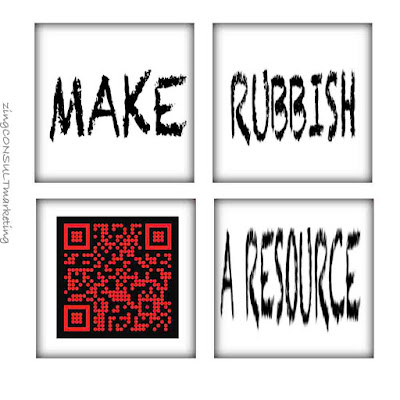Thursday, April 25, 2024
Wednesday, April 24, 2024
SUFF & UNCONDITIONAL POSITIVE REGARD
Friday, March 29, 2024
Wednesday, August 16, 2023
An ecological atypical house built with plastic bottles
An atypical house built with plastic bottles
Many ideas are springing up on the internet regarding the recycling of plastic bottles. However, its use as an insulating material is a first and risks giving ideas to many builders who wish to self-build an atypical and ecological house.
This new concept of atypical housing was imagined by Robert Bezeau who wishes to extend it to an entire village. Originally from Canada, he wishes to preserve the natural environment of the island, located in the Caribbean and more precisely in Panama . To do this, he collects plastic bottles, but also different materials, from local landfills in order to build these ecological and atypical houses .
The first atypical dwelling built allowed the recycling of more than 10,000 bottles. The use of plastic bottles for this atypical dwelling has not only made it possible to reduce its cost and to recycle waste. This has made it possible to insulate it so that the temperature inside the dwellings is 17 degrees colder than the temperatures outside.
In addition to having a perfect insulating action, the use of plastic bottles to build this kind of atypical dwelling saves considerable time in construction. This also makes it possible to have really low production costs.
To build this type of atypical dwelling, you need a steel structure to contain all the plastic bottles. Finally, to finish, you cover it with concrete. The use of an iron frame allows it to be earthquake proof.
A desire to change the world
Robert Bezeau's dream is to change the world without changing the earth. He wishes to do this by building one economic house at a time. Of course, his dream is not that we build eco-houses with plastic bottles all over the planet, because this scenario is specific to his island and his desire to recycle plastic bottles on it.
Many ideas are springing up every day regarding much more environmentally friendly construction methods and many are taking their cue from his example. And you, how would you like to build your atypical home?
What might we recycle where we live?
Sunday, April 24, 2022
Wednesday, November 24, 2021
Resources Acknowledged
Thursday, August 27, 2020
Sunday, August 23, 2020
BOROnow
The term 'boro' typically refers to cotton, linen and hemp materials, mostly hand-woven by peasant farmers, that have been stitched or re-woven together to create an often many-layered material used for warm, practical clothing. Historically, it was more economical to grow, spin, dye, weave and make one's own clothing over buying new garments, and equally as economical to re-use old, worn-out clothing as fabric for new garments; warmer fibres such as cotton were also less commonly available, leading to the development of layering as a necessity in the creation of lower-class clothing.
Boro textiles are typically dyed with indigo dyestuff, historically having been the cheapest and easiest-to-grow dyestuff available to the lower classes. Many examples of boro feature kasuri dyework, and most extant examples of boro today are antiques or modern reproductions made as a craft project, with the introduction of cheaper ready-to-wear clothing to early 20th-century Japan rendering the creation of boro mostly unnecessary.























































